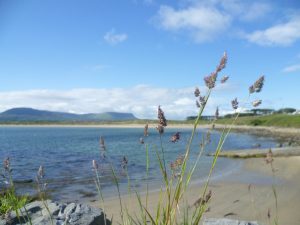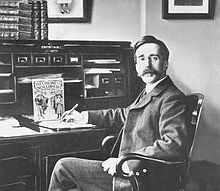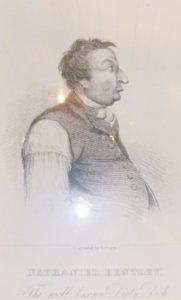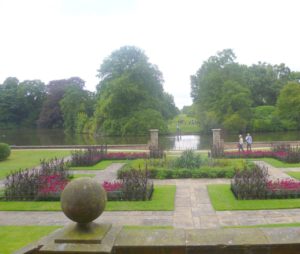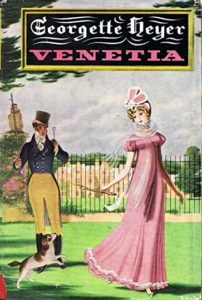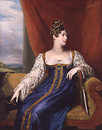Lockdown does strange things. I’d been thinking for a long time about getting my back list of 10 novels into e-books but, somehow, it’s remained at the thinking stage. Should I edit and re-write my early novels – I could see where they needed work – or I should operate on the ‘sod it’ principle and, after altering any spelling mistakes or obvious errors, publish them as they originally were. I’d begin with my first Elizabeth Hawksley: Lysander’s Lady, and put them into e-books sequentially, ending with my most recent novel, Highland Summer.

Continue reading Elizabeth Hawksley: e-books to go
Please share this page...
